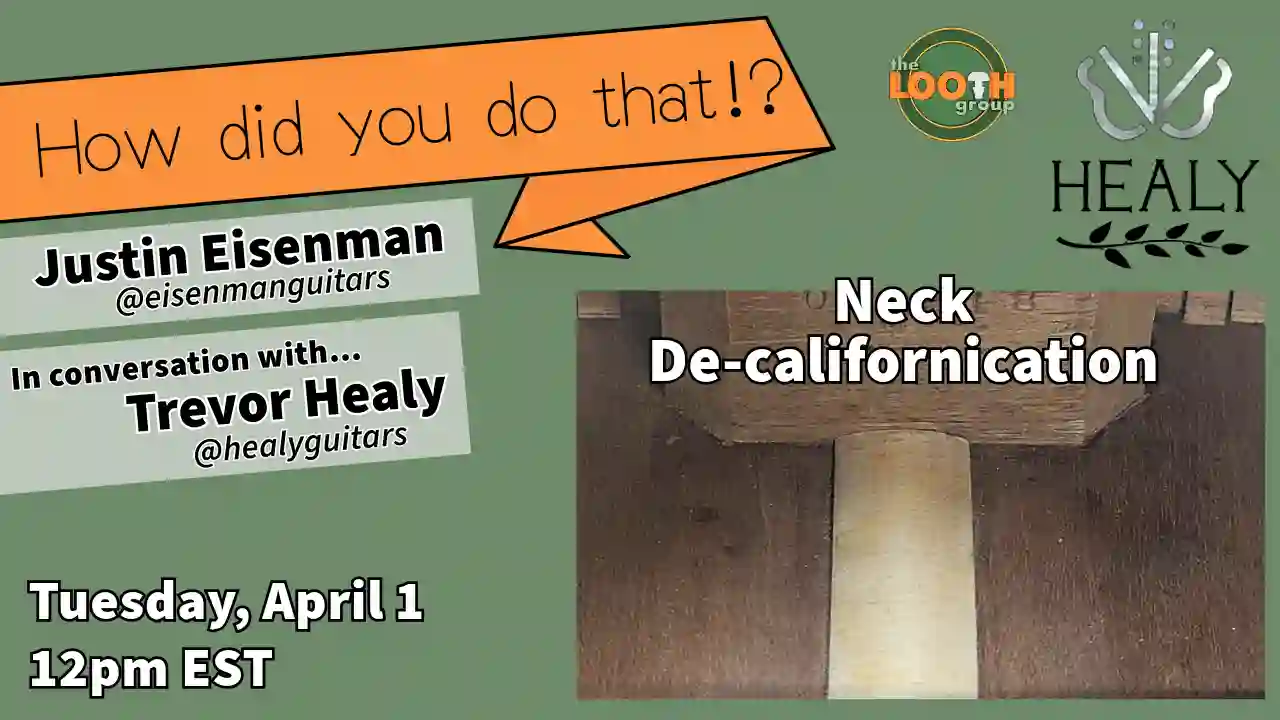We Are Unbelievably Sorry, But This Post Is For
Members
Want the full experience? Unlock all our premium content—including deep dives, exclusives, and more—by joining The Looth Group on Patreon.

If you have questions about membership, please email ian.davlin@gmail.com
00-21 Top Off Restoration
Related posts








Responses
Awesome job Ian! Also, the guitar pick shim is the stuff. I have so many of them that I hate…